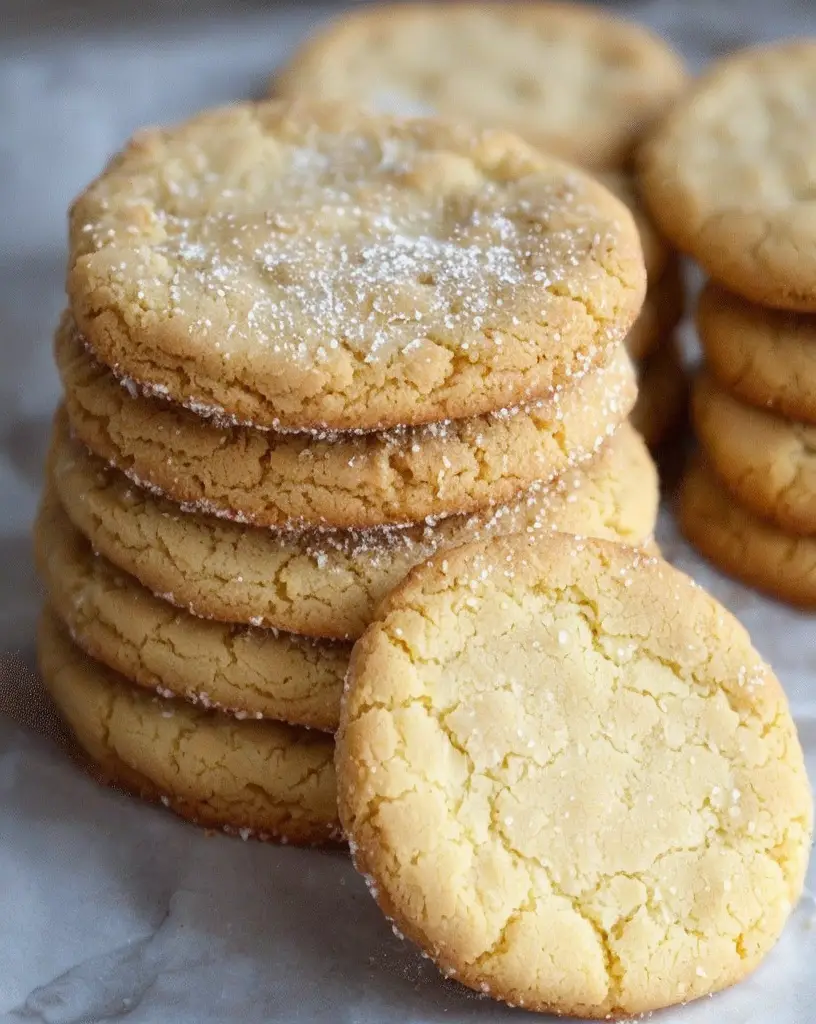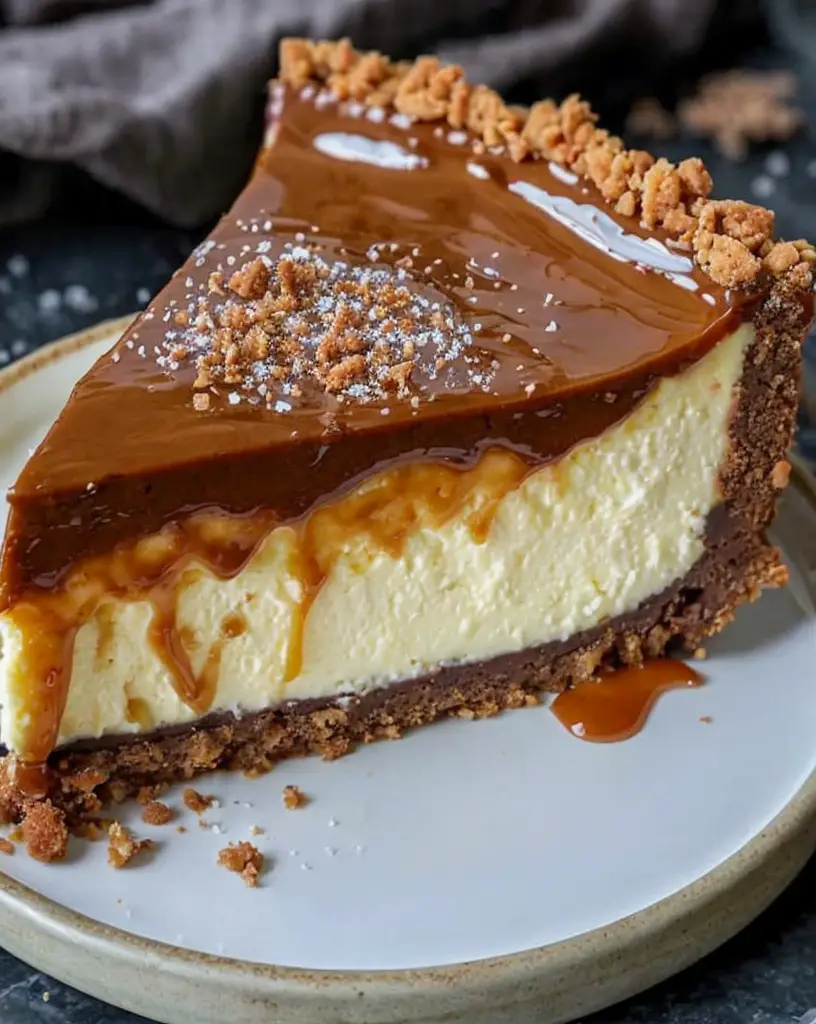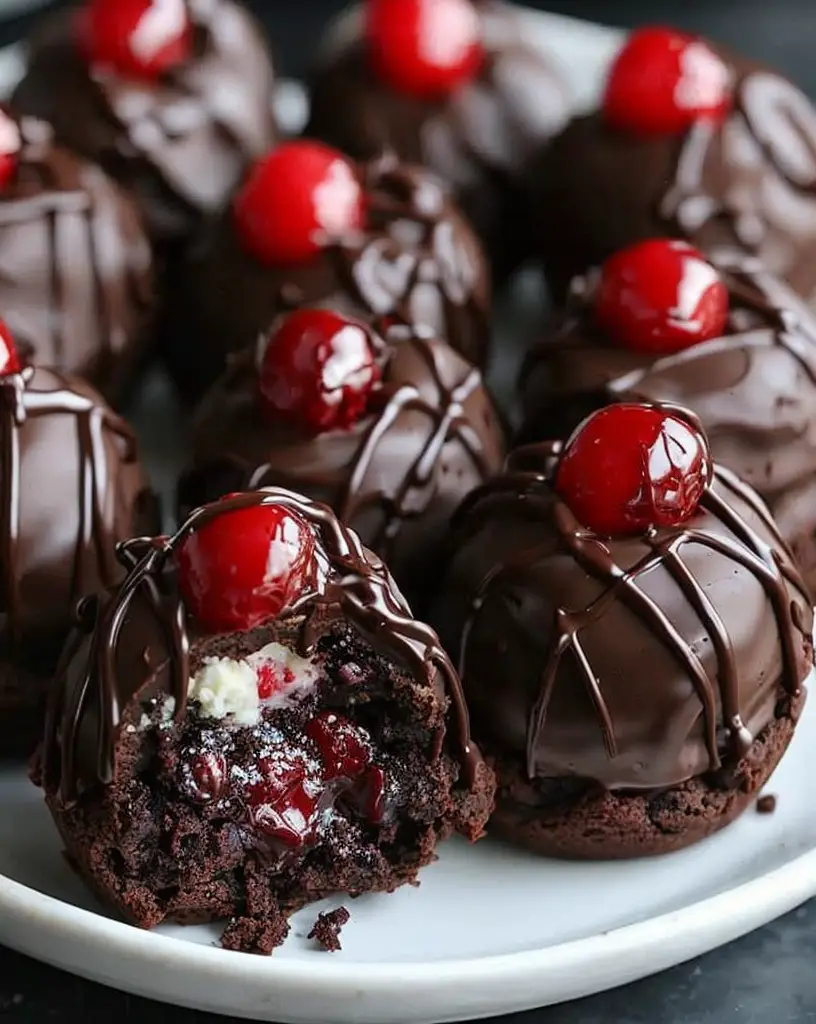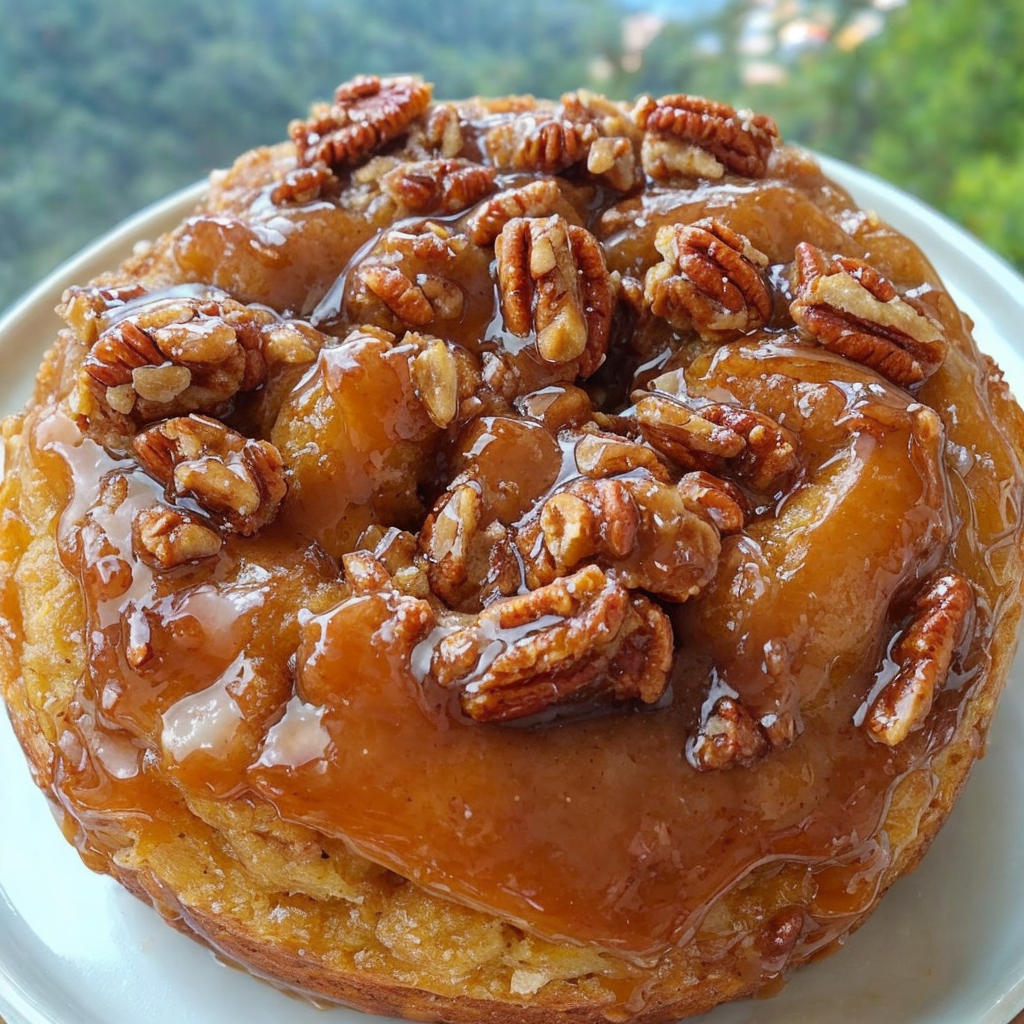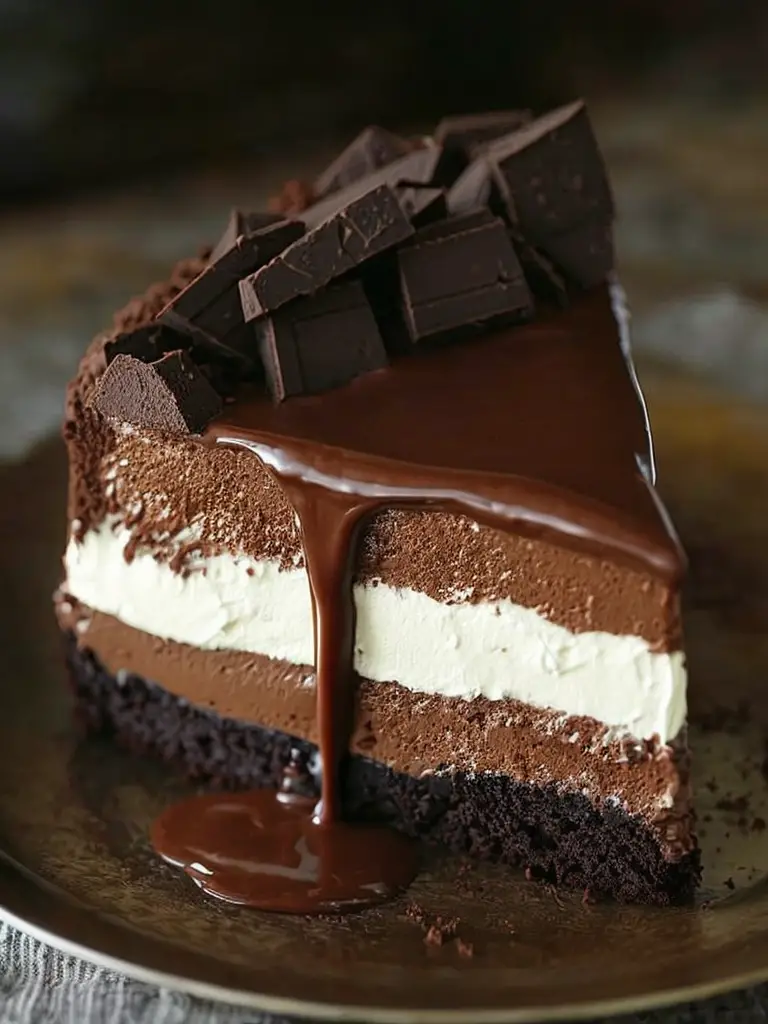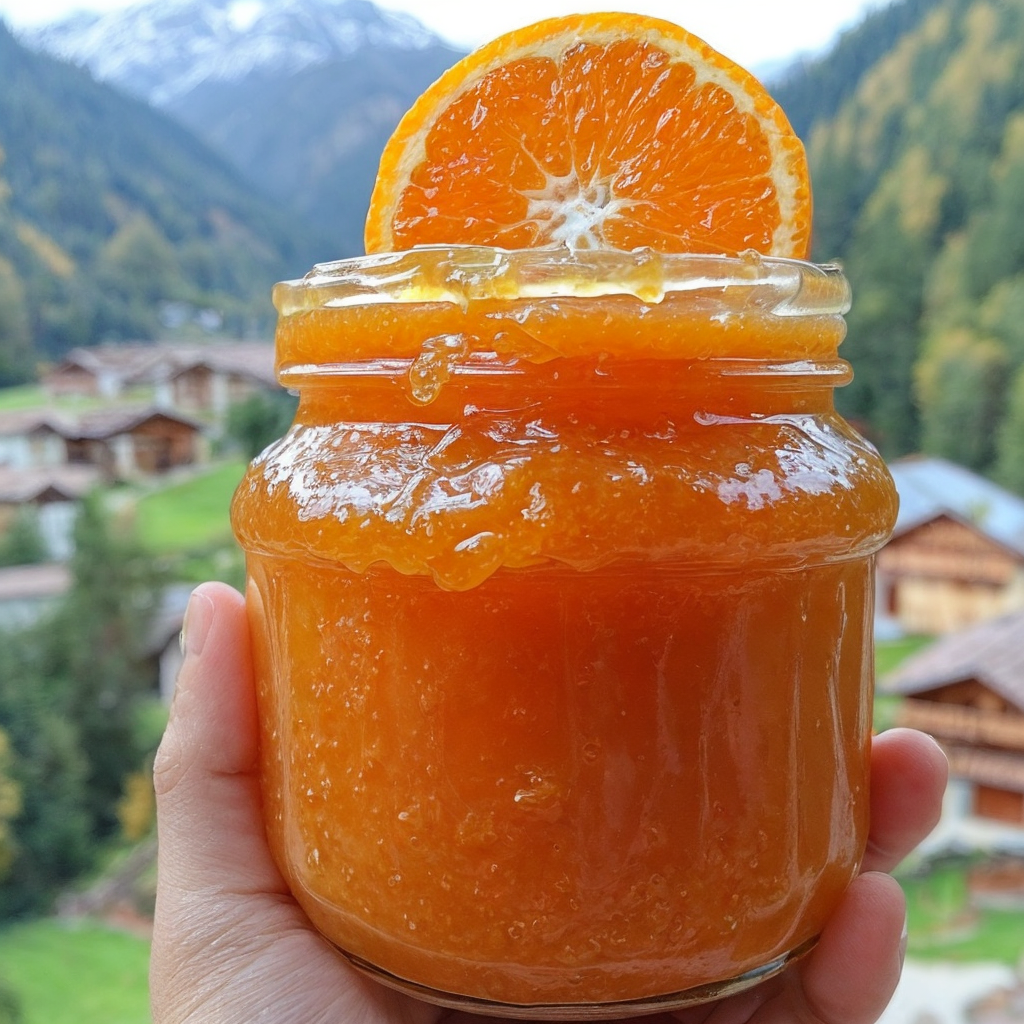Ultimate Chocolate Milkshake: A Creamy Indulgence
Indulge in the delight of a classic chocolate milkshake that tantalizes your taste buds. This scrumptiously creamy drink is a perfect blend of rich chocolate and velvety ice cream, making it the ideal treat for any occasion. Whether you’re celebrating a special moment or simply wishing to cool down on a hot day, this chocolate milkshake recipe will surely bring a smile to your face.
With the perfect balance of sweetness and creaminess, this milkshake not only satisfies your chocolate cravings but also evokes cherished childhood memories. Its rich, decadent flavor is enhanced by generous whipped cream and a drizzle of chocolate syrup, making it a visually appealing dessert that’s just as delicious as it looks.
Quick Recipe Highlights
- Flavor Profile: A luxuriously smooth sweetness with deep chocolate undertones.
- Texture: Creamy and thick with a luscious mouthfeel that coats the palate.
- Aroma: A delightful chocolate scent that fills the air, inviting you to take a sip.
- Visual Appeal: A glossy, chocolatey beverage topped with fluffy whipped cream and a cherry.
- Skill Level Needed: This recipe requires no special culinary skills, making it accessible to all.
- Special Equipment: A blender and a tall glass are all you need for this chocolate delight.
Recipe Overview
- Difficulty Level: This chocolate milkshake is easy to prepare, perfect for both novice and experienced cooks alike.
- Category: This delicious drink fits perfectly in the dessert category but can also be enjoyed as a snack.
- Cuisine: Rooted in American culinary tradition, milkshakes have become a beloved treat worldwide.
- Cost: This recipe is budget-friendly, with ingredients that are affordable and easy to find.
- Season: Ideal for any season, it especially shines in summer when a cold drink is most refreshing.
- Occasion: Great for casual gatherings, birthday parties, or just a delightful treat on a regular day.
Why You’ll Love This Recipe
Indulge in a chocolate milkshake that is not only delectable but also comforting. Each sip offers a rich, creamy texture that melts in your mouth, leaving a satisfying sweetness that lingers beautifully. The combination of chill and sweetness serves as an instant mood booster, perfect for when you need a little pick-me-up.
One of the best aspects of this recipe is the simplicity of its preparation. Within just ten minutes, you can whip up this treat, making it an effortless choice for spontaneous cravings or casual get-togethers with friends and family. The ease of preparation allows anyone to get involved, turning simply creating a chocolate milkshake into a fun activity for experience levels across the board.
From a nutritional standpoint, this milkshake can provide a small boost of energy thanks to the combination of ice cream and milk. While it’s best enjoyed as an occasional treat, the use of quality ingredients means you’re indulging in something more fulfilling than average fast-food offerings.
Gathering around to enjoy a milkshake brings an element of social delight to the experience. Preparing and presenting this drink can easily turn a lone snack into a shared moment of joy and conversation, making it ideal for gatherings, date nights, or even family film nights.
Finally, the cost-effectiveness of this homemade chocolate milkshake cannot be overstated. With inexpensive core ingredients, you can create a batch that rivals any milkshake shop, but with the added satisfaction of having crafted it yourself.
Historical Background and Cultural Significance
The origin of the milkshake can be traced back to the late 19th century, where it originally served as a wholesome drink made with whiskey and eggs. However, it wasn’t until the early 1900s that ice cream began to creep into the equation, turning milkshakes into the delightful dessert we know today.
Culturally, the chocolate milkshake has solidified itself as an American classic, often associated with diners and soda fountains. Throughout decades, the popularity of milkshakes has evolved, particularly with the rise of fast-food chains that offered their versions of this iconic drink.
This recipe showcases the evolution of a classic chocolate milkshake while remaining true to its roots. The adaptability of the chocolate milkshake means you’ll find variations worldwide, each featuring local ingredients and flavors that resonate with different cultures.
Regional variations abound, from the thick, creamy versions served at Southern diners to more tropical takes seen in coastal areas using fresh fruits. These variations highlight how adaptable and beloved the chocolate milkshake continues to be in contemporary cuisine.
Ingredient Deep Dive
Chocolate Syrup: Chocolate syrup is a kitchen staple that brings the unmistakable flavor of chocolate to your milkshake. Often used in desserts, its history dates back to the early 1900s in America, becoming a favorite topping for ice cream. The rich, sweet flavor pairs perfectly with the creaminess of the milkshake.
For selection, look for syrup with quality cocoa content for a deeper flavor. Store it in a cool, dry place and always check for a proper seal to maintain freshness. If you’re in a pinch, there are many homemade chocolate syrup recipes to explore!
Ice Cream: The essence of a chocolate milkshake lies in its ice cream base. Typically made from a mixture of cream, sugar, and flavorings, the deliciously cold treat has been a favorite since its invention in the 18th century. A solid chocolate ice cream provides the foundation for a rich and creamy milkshake.
When choosing ice cream, opt for high-quality, full-fat varieties to ensure a silky texture. Keep it stored in the freezer and watch the time to avoid freezer burn. For health-conscious modifications, sorbets or non-dairy ice creams can also be used as alternatives.
Common Mistakes to Avoid
- Using warm ingredients: Always use chilled ingredients for a refreshing chocolate milkshake; warm ingredients will ruin the creamy texture.
- Blending too long: Over-blending will result in a watery milkshake. Blend just until everything is combined.
- Not adjusting sweetness: Taste the mixture before serving; if it’s not sweet enough, add more chocolate syrup or sugar gradually.
- Using low-quality ice cream: Poor-quality ice cream can lead to a less satisfying flavor; choose full-fat varieties when possible.
- Skipping the toppings: Don’t forget about presentation! A simple whipped cream topping and cherry make it visually appealing.
- Ignoring serving temperature: Serve immediately after blending for the best texture and cooling experience.
- Being afraid to experiment: Feel free to add other flavors, like vanilla, mint, or peanut butter, to elevate your chocolate milkshake.
- Overloading with toppings: Adding too many toppings can overwhelm the flavor of the milkshake itself; keep it simple.
Essential Techniques
Blending: This technique is pivotal in achieving the perfect consistency for your chocolate milkshake. Ensuring all components are well blended contributes to a smooth and creamy mouthfeel without any lumps. Aim for a thick yet pourable texture.
**Visual Cue**: The ideal blended milkshake should be thick enough to keep its shape, and should smoothly flow out when poured.
Garnishing: Presentation can greatly enhance the enjoyment of your milkshake. Use whipped cream, chocolate shavings, or sprinkles for a delightful appearance. A well-garnished shake not only looks good but also entices taste buds before the first sip.
**Visual Cue**: Aim for a tall serving glass, allowing garnishes to be showcased atop the creamy shake for aesthetic appeal.
Pro Tips for Perfect Chocolate Milkshake
– Always chill your glass beforehand to keep the shake cold as you consume it.
– Balance your sweetness by starting with less chocolate syrup and adjust to taste for optimal flavor.
– For an even richer experience, combine chocolate milk with vanilla ice cream in your blender.
– Add a pinch of sea salt before blending to elevate the flavor complexity.
– Experiment with a dash of espresso for a mocha twist, perfect for coffee lovers.
– Use full-fat dairy products for a creamier texture that enhances the mouthfeel.
– If you prefer a healthier option, consider using frozen bananas for natural sweetness and texture.
– Serve with a wide straw for an enjoyable sipping experience, enabling you to soak in the flavors fully.
Variations and Adaptations
Explore an array of delicious adaptations for your chocolate milkshake. Consider incorporating seasonal ingredients like fresh mint or raspberries for added flavor. For a more indulgent experience, try adding malt powder that gives the shake a reminiscence of vintage diners.
If you wish to make this chocolate milkshake dairy-free, substitute regular milk and ice cream with almond or coconut versions. Blending dairy-free products allows everyone to enjoy this treat without dietary constraints.
Flavor variations can be sparked with a touch of peanut butter, caramel, or a hint of chili powder to create an exciting twist. The possibilities are endless!
For a lower-calorie version, replace regular ice cream with yogurt to keep the creamy texture but reduce the overall fat content.
To enhance the experience further, explore different ice cream flavors like cookies and cream or mint chocolate chip for new interpretations.
Serving and Presentation Guide
Serving your chocolate milkshake elegantly can enhance the overall experience. Use tall, clear glasses to showcase the delightful layers of chocolate and whipped cream. Consider invoking a rustic charm with mason jars for a vibe that’s both cozy and casual.
Garnish with a dollop of whipped cream, a drizzle of chocolate syrup, or shaved chocolate. For an extra layer of indulgence, consider a sprinkle of crushed nuts or colorful sprinkles as a finishing touch.
Traditional accompaniments like chocolate cookies or chocolate cake can elevate the dessert experience further. For modern flair, consider serving a side of chocolate-covered strawberries, perfect for dipping.
Ensure your milkshake is served at an ideal cold temperature for optimal enjoyment. Encourage portion control by serving in smaller, shorter glasses that still captivate and impress guests.
Wine and Beverage Pairing
Pairing your chocolate milkshake with complementary beverages adds depth to the dining experience. A sweet red wine like a port or a dessert wine harmonizes well with the rich flavors of chocolate.
Alternatively, a strong cup of coffee contrasts beautifully with the sweetness of the shake, enhancing the overall experience with a wonderful balance of flavors.
For non-alcoholic options, consider classic root beer floats, which can echo the creamy texture while adding a new flavor dimension. Opt for well-chilled beverages to maintain the perfect refreshment alongside your milkshake.
Pay attention to your serving temperatures; it’s crucial that both chocolate milkshake and accompanying beverages remain cool, creating a refreshing treat.
Storage and Shelf Life
Storing your chocolate milkshake is simple, but it’s best consumed fresh. However, if you need to store leftovers, keep them in an airtight container in the freezer for up to one week.
To ensure the best flavors, avoid leaving your shake at room temperature for extended periods. Signs of spoilage include separation of liquids and changes in texture; if it begins to look grainy or curdled, it’s best to discard it.
Reheating is not recommended as it diminishes texture and flavor; instead, blending with ice will refresh a stored shake. Avoid freezing too long to maintain the optimal taste profile.
For freezing guidelines, pour the milkshake into an appropriate container, leaving space for expansion and ensuring to seal it tightly to avoid freezer burn.
Make Ahead Strategies
Preparing your chocolate milkshake ahead of time can be seamlessly done. Consider pre-measuring ingredients like chocolate syrup and ice cream and storing them in the freezer until ready to blend.
While you can prepare your ingredients in advance, it’s best to blend the milkshake just before serving to preserve its texture and flavor. Store the blended milkshake in the fridge for up to 30 minutes if needed, but be wary that it may thicken slightly.
To keep flavors refreshing, refrain from adding garnishes like whipped cream until you’re ready to serve. This ensures every sip remains as delightful as the first.
If you want to add fresh elements later, consider chilling glasses with a sprinkle of cocoa powder to brighten the entire drink with each sip.
Scaling Instructions
Scaling your chocolate milkshake recipe is easy and adaptable for larger gatherings. Halving can be done effortlessly; just divide each ingredient in half and blend as usual.
For bigger batches, triple or quadruple the measurements while ensuring your blender can accommodate the volume—consider blending in two rounds for optimal texture.
Timing adjustments remain straightforward; allow for additional blending time if using a larger quantity to ensure all ingredients get incorporated smoothly.
Be mindful of storage considerations if preparing a large batch; keep leftover shakes sealed in the fridge or reheated only if necessary.
Nutritional Deep Dive
When analyzing the nutritional components of a chocolate milkshake, focus on macro breakdowns including calories, fat, carbohydrates, and proteins. A standard milkshake may contain around 400-600 calories per serving depending on the richness of the ingredients used.
Micronutrients from chocolate, dairy, and any additional flavor enhancers contribute to calcium, antioxidants, and vitamins, lending some health benefits while still being a indulgent treat.
For those mindful of their diet, portion control becomes key—consider serving smaller amounts to satisfy cravings without overwhelming caloric intake.
Evaluate dietary considerations based on personal health goals. If mindful of sugar intake, alternative sweeteners can be used without sacrificing taste.
Finally, for those looking to manage weight, enjoy chocolate milkshakes in moderation and as part of a balanced diet for a satisfying indulgence.
Dietary Adaptations
Dietary adaptations for chocolate milkshakes ensure everyone can enjoy this dessert. For gluten-free options, all listed ingredients are naturally gluten-free, allowing for easy inclusivity.
Dairy-free or vegan variations can be made with almond milk or coconut milk alongside dairy-free ice creams, providing similar textures and flavors without compromising dietary restrictions.
Low-carb and keto enthusiasts can substitute traditional ingredients with low-carb sweeteners and sugar-free ice creams, maintaining a delicious taste profile while adhering to dietary needs.
Paleo modifications could include using raw cocoa and natural sweeteners like honey for a healthier twist that aligns with paleo principles.
A careful selection of ingredients enables both delicious results and compliance with dietary guidelines, ensuring everyone participates in the fun.
Troubleshooting Guide
If encountering texture issues, often attributed to using overly soft ice cream—opt for firmer ice cream to maintain that perfect milkshake consistency. Blending for a shorter duration can also prevent a watery result.
For flavor balance, if the milkshake is too sweet, consider a hint of salt or a splash of vanilla extract to rebalance the flavors effectively.
Confront temperature problems by ensuring all ingredients are adequately chilled before blending; warm products can lead to a less satisfying result.
If your blender struggles with the desired thickness, adding less liquid or ice during blending can help achieve a more desirable consistency.
Ingredient substitutions should always be done cautiously; flavors like vanilla could enhance the classic chocolate taste if using flavored ice cream.
Timing concerns often relate to blending duration and preparation—focus on balancing both to ensure an efficient and flavorful outcome.
Recipe Success Stories
Community feedback regarding this chocolate milkshake has highlighted various successes, particularly with personal tweaks that enhance the recipe. Readers often share how they incorporated unique toppings reflecting their tastes or dietary preferences.
Through variations, users have joyfully embraced adaptations that cater to health-conscious lifestyles without sacrificing flavor, showcasing their creativity in the kitchen.
Photography insights reveal many enjoy capturing their milkshake moments; whether it’s a fun family event or a chilled summer afternoon, sharing these experiences has launched a new wave of enthusiasm for the recipe.
Engaging with the recipe allows for community connection, where followers can pass on tips and tricks from their personal kitchen adventures, uniting around a shared love for this classic dessert.
Frequently Asked Questions
Yes! You can substitute regular milk and ice cream with almond or coconut alternatives to create a delicious dairy-free chocolate milkshake without losing flavor.
How long does a milkshake last in the fridge?
While it’s best to consume it immediately, a milkshake can last for about 30 minutes in the fridge before it begins to separate or lose its appealing texture.
What can I add for extra flavor?
Feel free to experiment with add-ins such as peanut butter, caramel, or a hint of mint or vanilla extract to enhance the taste profile of your chocolate milkshake.
Can I make it ahead of time?
Yes! You can pre-measure your ingredients and blend them right before serving to ensure the best texture and flavor. However, avoid blending too far in advance to maintain quality.
What types of ice cream work best?
Full-fat chocolate or vanilla ice cream works best for achieving that luscious, creamy texture. You can also try unique flavors like cookies and cream for a twist.
Is there a way to make it healthier?
Absolutely! Using lower-calorie ice cream, adding fruits like bananas, or using alternative sweeteners can all help create a healthier variation of your chocolate milkshake.
What equipment do I need?
A high-speed blender, measured cups, and a tall glass for serving are necessary. An ice cream scooper can be helpful for precise portions as well.
Is it necessary to garnish?
While not required, garnishing your milkshake with whipped cream, chocolate syrup, or a cherry adds visual appeal and enhances the indulgent experience of your drink.
Can I freeze my chocolate milkshake?
Yes, however, keeping it thick benefits from freezing in an airtight container for up to a week. Just be aware that it may need some blending afterward to regain texture.
Can I customize the sweetness?
Certainly! Start with lesser amounts of chocolate syrup and adjust to your taste for a sweet treat that suits your preferences.
Additional Resources
If you’re eager to expand your dessert repertoire, delve into related recipes that might excite your palate. Look for milkshake variations, including strawberry, banana, or even matcha flavors to diversify your chocolate milkshake experience.
Explore technique guides that cover essential blending methods or ingredient substitutions to enhance your cooking skills further. Tools for preparation like quality blenders can also make your milkshake-making journey smoother.
Discover more about ingredients, especially cocoa powder types, to find out what best suits your chocolate desires. Understanding how each ingredient interacts can be key in perfecting your recipes.
Lastly, keep the seasonal variations in mind! Fresh fruits or aromatic spices can easily be adapted into your chocolate milkshake to showcase seasonal delicacies.
Join the Conversation
Engaging with your audience about the chocolate milkshake recipe leads to wonderful community sharing. Encourage readers to share their personal stories or variations on social media, creating a community centered around delight and satisfaction.
Photography can enhance recipe sharing, and providing tips on capturing the perfect shot of a tempting milkshake may inspire others to join in on the creativity.
Encouraging recipe reviews can foster an atmosphere of appreciation, inspiring confidence in readers to experiment with their takes on the chocolate milkshake.
Lastly, community engagement allows for recipe modifications and suggestions, enabling everyone to share tips that can make this classic even more enjoyable.
The Recipe
Chocolate Milkshake
Serves: 2
Prep Time: 10 mins
Cook Time: 0 mins
Total Time: 10 mins
Kitchen Equipment Needed
- Blender
- Ice cream scoop
- Tall glasses for serving
- Measuring cups
- Optional: Straw and whipped cream dispenser
Ingredients
- 2 cups chocolate ice cream
- 1 cup milk (any variety)
- ¼ cup chocolate syrup
- Whipped cream for garnish
- Chocolate shavings or sprinkles for garnish (optional)
Directions
- In a blender, combine chocolate ice cream, milk, and chocolate syrup.
- Blend on medium speed until smooth and creamy, about 30 seconds.
- If the mixture is too thick, add a little more milk and blend again.
- Pour the milkshake into tall glasses and top with whipped cream.
- Garnish with chocolate shavings or sprinkles if desired.
- Serve immediately and enjoy your delicious chocolate milkshake!
Recipe Notes
- For a thicker shake, reduce the amount of milk.
- Add additional flavorings like vanilla or mint for a different twist.
- Store any leftovers in the freezer, blending again before serving if necessary.

